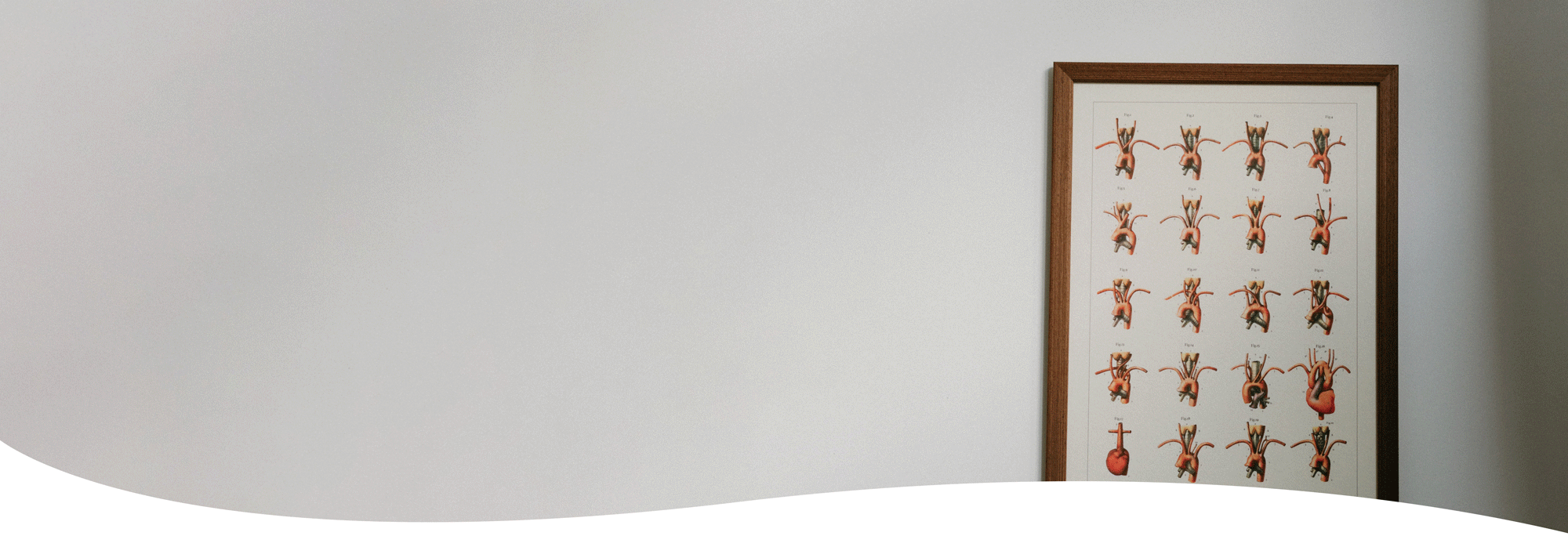Thoracic Outlet Syndrome
What is Thoracic Outlet Syndrome/TOS?
Thoracic outlet syndrome is a condition where the structures exiting the chest and entering the arm through the outlet called the Thoracic outlet, can be compressed or narrowed due to the anatomy of the muscles, bones and ligaments.
The thoracic outlet is a tight area that is bound by the first rib. This rib has very unique properties compared to other ribs. It has muscles and ligaments attached to its surface, and the Subclavian Vein, Artery and a large nerve called the Lower Trunk of the Brachial Plexus, all run through this tight space.
Depending on which structure is involved and causing symptoms, Thoracic Outlet Syndrome or TOS, can be venous, arterial or neurogenic. (vTOS, aTOS and nTOS).

What symptoms would I expect to feel if I had Thoracic Outlet Syndrome?
Depending on the type of TOS, your symptoms can range from mild fatigue to numbness weakness and severe swelling.
If the nerves are involved, usually patients present at a much younger age and can develop muscle wasting which is when the hand muscles shrink due to the compression of the nerves supplying them.
Swelling usually happens if the vein is obstructed in particular when the vein develops a clot inside it that obstructs the flow of blood. This is a condition referred to as Paget Schrotters.
What can be done about it?
Often the symptoms are very mild and management could be with physiotherapy and opening up the thoracic outlet with the help of a trained physiotherapist who specialises in this area.
If the swelling in the arm is so severe that function is limited, then removing the clot may be indicated and also removing the first rib which may have contributed to the narrowing in the first place that caused it.
A Rib resection is often a last resort and is preventative. Meaning it will reduce the risk of the symptoms from returning or getting worse. The first Rib can be safely removed without any consequences to the body function or the chest wall function.
